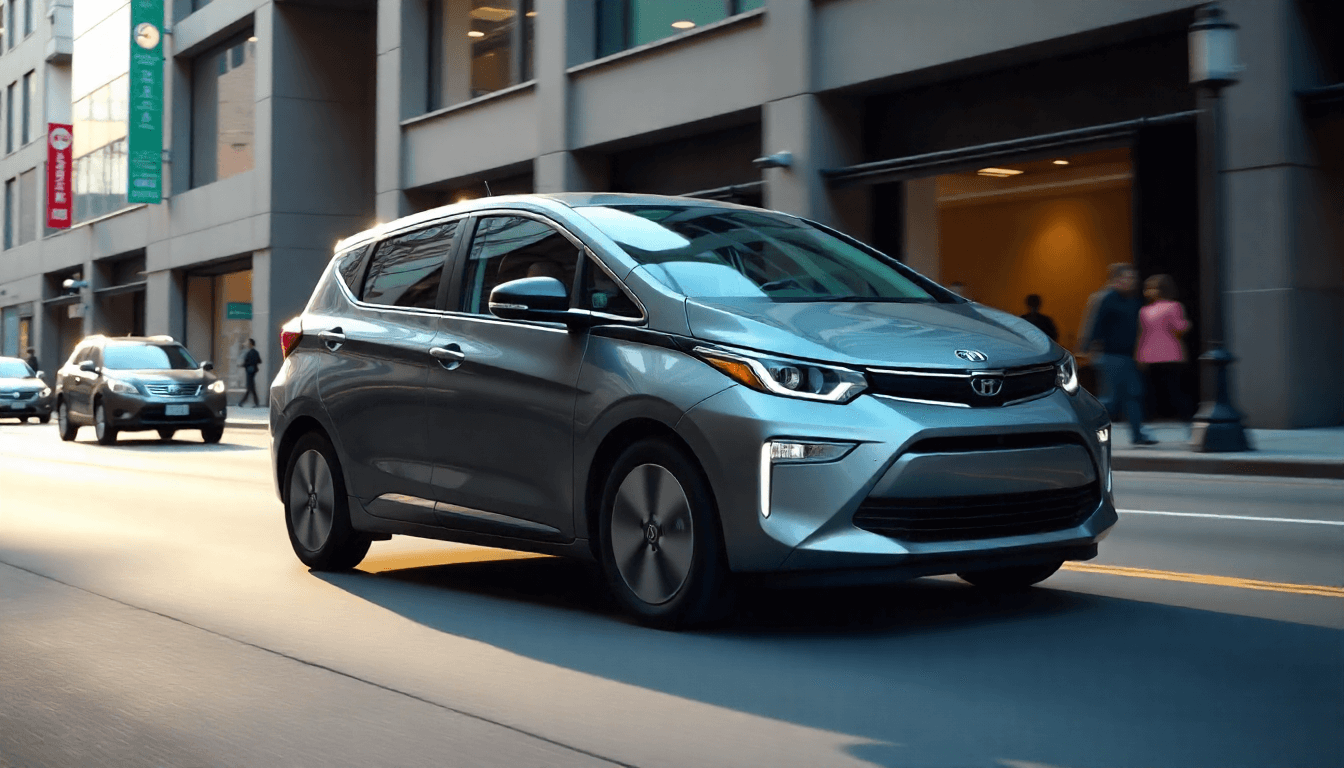Choosing a car for city life is a task that requires careful consideration. The urban environment has its own peculiarities, which have a decisive influence on what your vehicle should be. How to choose a car for the city, so that it would be both comfortable, economical and practical? This question worries many residents of megacities. In this article, we will look in detail at all the criteria that will help you make the right decision.
Size matters: manoeuvrability and parking
The first and perhaps most obvious factor to consider when choosing a car for the city is its dimensions. With dense buildings, narrow streets and limited parking spaces, every centimetre counts. Large SUVs and business class sedans, which feel so confident on country roads, can become a real problem in the city.
Compact cars such as hatchbacks, small cars and urban crossovers offer a number of advantages. Their small size makes it easier to manoeuvre in heavy traffic and make it easy to find a parking space. Their compact size also reduces the likelihood of hitting someone else's car or a kerb. This is especially important for first-time drivers. In addition, a smaller turning radius gives additional flexibility, allowing you to turn around in a limited space. So, when choosing a car, assess how often you will be faced with the need to park in tight spaces.
Economy and engine type
City driving is characterised by frequent stops, starts and slow traffic jams. All this leads to increased fuel consumption. Therefore, engine economy is a key criterion to consider.
Small displacement petrol engines (up to 1.6 litres) generally consume less fuel in the city cycle than their more powerful counterparts. Diesel engines, although economical on the motorway, do not always perform better in the city due to the way they work. In recent years, hybrid and all-electric cars have become increasingly popular. They are ideal for the city, as they can travel on electric traction, which significantly reduces or nullifies fuel consumption and emissions. Electric cars tend to have excellent driving dynamics, making them ideal for a quick start at traffic lights. When thinking about how to choose a car for the city, always keep economy in mind.
Transmission: manual or automatic?
The choice of gearbox is a matter of comfort and personal preference. However, in conditions of constant traffic jams and the need to change gears frequently, an automatic transmission becomes an indispensable assistant. It frees the driver from routine, making the journey more relaxed and less tiring. Modern automatic transmissions (torque converter, robotised or variators) have become very reliable and economical.
The manual gearbox still has its supporters, especially among those who appreciate full control over the car. It may be slightly more economical on the motorway, but in the city the difference is minimal, and the comfort of the automatic is invaluable.
Technology and security
Modern cars are equipped with many technologies that make driving in the city safer and more convenient. When choosing a car for the city, pay attention to the presence of such systems as:
- Rear view camera and parktronics: These assistants make parking and manoeuvring in tight yards much easier.
- Collision warning and blind spot monitoring systems: They help avoid accidents in heavy traffic where every second counts.
- Infotainment system: A navigation system, smartphone compatibility (Apple CarPlay, Android Auto) and a quality audio system will make your journeys more pleasant.
It's also worth looking at the number of airbags and the overall safety rating of the car in independent tests. Consider which technologies you really need and which will be unnecessary. This will ensure you don't overpay for unnecessary options.
Roomy and practical
Even if you live alone, the boot and rear seats can be useful for shopping, transporting friends or bulky items. Don't sacrifice practicality for smaller dimensions. Many compact models, such as hatchback-based station wagons or small crossovers, offer plenty of space while maintaining manoeuvrability. Rear seats that can be folded down, increasing boot space, are a very useful option. Choose a car based on how often you need to transport something other than yourself.
Service availability and cost of ownership
Remember that buying a car is just the beginning. Throughout the entire life of the car you will have to pay for fuel, insurance, taxes and maintenance. When choosing a car for the city, you should pay attention to the cost of spare parts and the availability of service centres.
Cars of popular brands are usually cheaper to maintain. In the event of a breakdown, it will be much easier to find the right part and technician. Insurance for smaller and less powerful models is also usually lower.
How to choose a car for the city: summarising the results
Ultimately, choosing the perfect city car is all about finding a balance between all of these factors. The ideal choice can be a compact hatchback, an urban crossover or an electric car. The main thing is to clearly define your needs and financial possibilities. Remember that the right choice will make your life in the city more comfortable and safer.

 How to choose a car for city life: a complete guide">
How to choose a car for city life: a complete guide">
